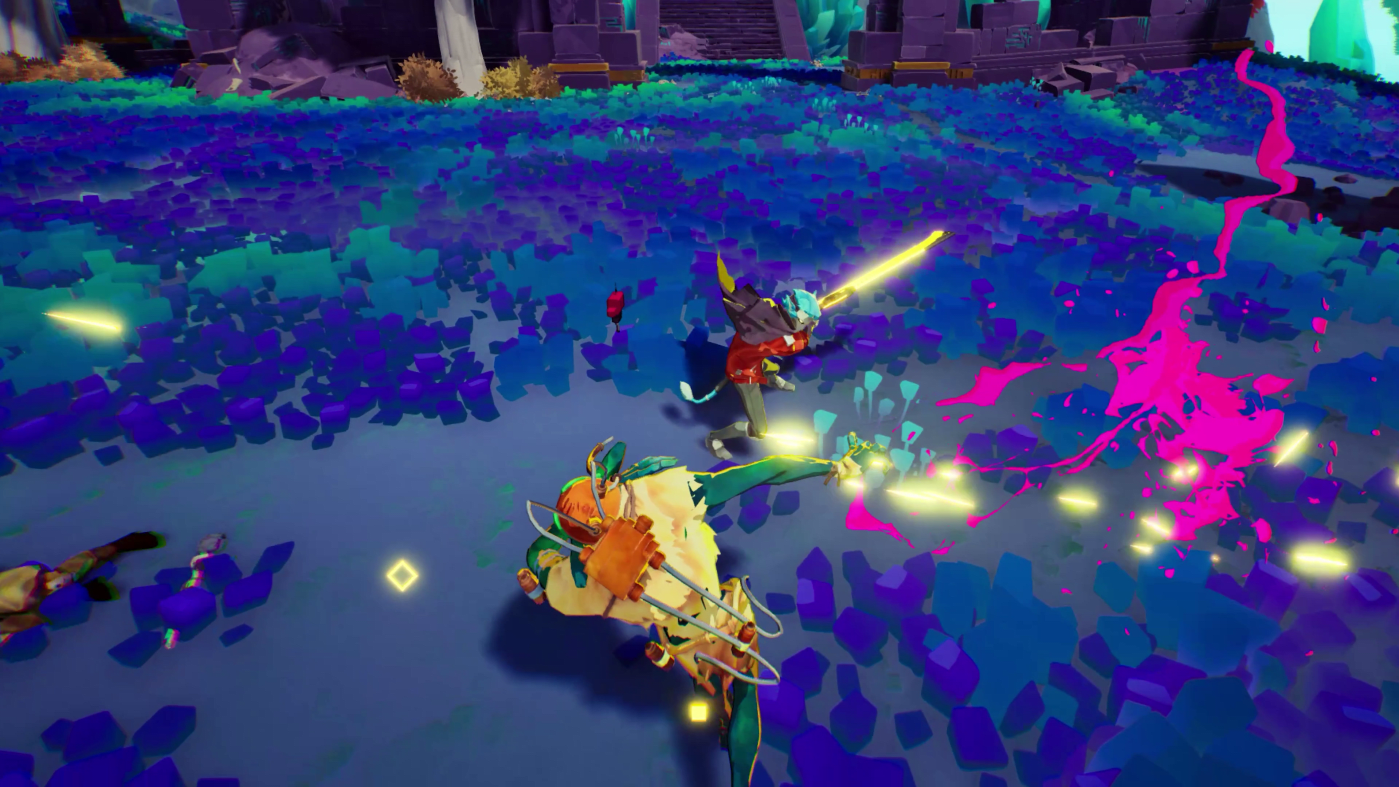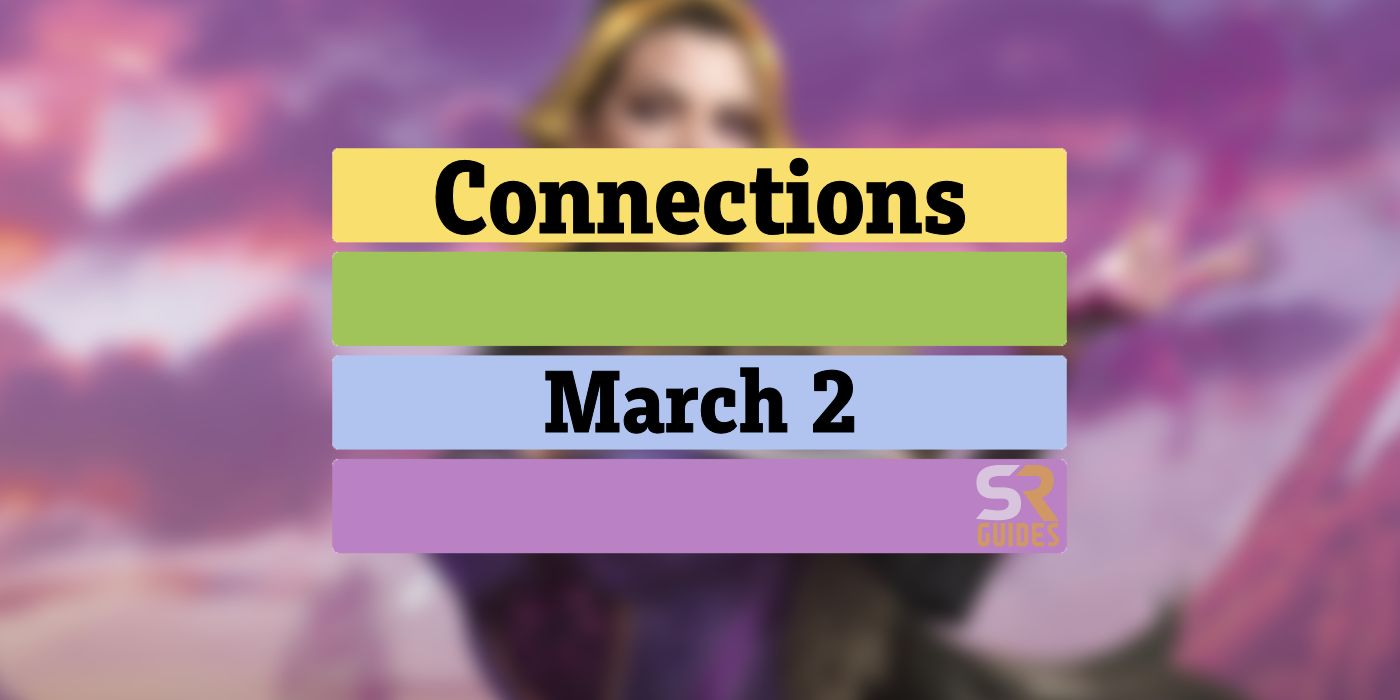Fallout: What It Gets Right, and What It Gets Wrong
Despite a rocky start, Prime Video's adaptation of the popular video game franchise is a mostly slam dunk.

Fallout is the latest in a long line of video game movie and TV adaptations, a trend that is going through a bit of a golden age now with critical successes like Arcane, Castlevania, and the Sonic the Hedgehog movies. After the critical success of The Last of Us, anticipations were high for Fallout, the live-action adaptation of the acclaimed video game series of the same name, renowned for its world-building, action, and humor.
That is a high bar for the new series to hit, but unlike The Last of Us, Fallout doesn’t try to translate any one specific game, instead telling a fully original story with brand new characters set in the world of the games. Though there are some aspects where the show misunderstands the games, it manages to reach the heights of the Fallout series while carving its own path. With that in mind, let’s take a look at what Fallout gets right and where it drops the bomb.
[Warning: Potential Spoilers for Fallout: Season 1 Follow]
What It Gets Right
The Look of the Wasteland

(Photo by JoJo Whilden/Prime Video)
The world of the Fallout games is vast and rich in detail. Even if you never read the hundreds of supplemental notes, diary entries, and audio tapes scattered throughout the game, there is a sense of a bigger, fleshed-out world with a long history and lore. The TV show understands how essential that is to the story and makes sure every detail, from big sets in the underground vaults all the way down to the boxes of Sugar Bombs cereal and the Nuka Cola bottlecaps that became the leading currency after the apocalypse. Even though the series can’t replicate the first-person experience of playing the games, it does bring even the heads-up display of the Power Armor and the Pip-Boy from the games to real life.
The Fallout series introduces a world that is tangible, living and breathing, bringing a fantastic recreation of the games to live action through mostly practical props and effects. It’s not just the vaults that look and feel real, but even the more fantastical sci-fi elements of the story like the giant steampunk-looking blimp or even the various mutant creatures we see in the show. This results in a unique look for the show, given its atompunk retrofuturism, a style that combines robots and laser guns with Bing Crosby. Even the visual storytelling, the random bits of history you find in the Wasteland, makes its way to the show, like a scene when Lucy finds a house with a bunch of skeletons that killed themselves before the bombs.
The Music

(Photo by Courtesy of Prime Video)
A big part of the charm of Fallout is its unique soundtrack, which is comprised of jazz and space era songs that evoke the retrofuturistic aesthetic of the games. The TV show nails this by mixing a thrilling score by Ramin Djawadi with songs by the likes of The Ink Spots and Nat King Cole, which is essential to capturing the feeling of first stepping out of the vault and entering the wasteland in the game, but also gives the adaptation a unique sound not present in any other modern TV show.
Grim Humor and Cartoonish Violence

(Photo by Courtesy of Prime Video)
Stories set in the post-apocalypse are a dime a dozen, with most of them focusing on the despair and the horror of surviving after the end of civilization. While there certainly are elements of that in Fallout, and danger (be it from mutated monsters, giant radroaches, or raiders and cannibals) is ever-present, the games always had a grim sense of humor. After all, the world has already ended, so what’s left to do but smile? There’s a reason the game’s mascot is a smiling little blonde guy doing a thumbs up.
There is a delicate balance to strike here, as the humor is mostly meant for the audience, never the characters — who still have to face the horrors of nuclear armageddon. The adaptation pulls this off, with funny gags like a robotic turret telling a person to “remain calm” as it shoots at her (she is definitely not laughing, but the audience is). Indeed, most of the humor comes from the violence, which is over the top and gory in a tongue-in-cheek, cartoony way. This is very much the tone that has made The Boys such a popular show, so it’s no wonder Prime Video wanted to do it again with Fallout. This is a show where limbs explode from the impact of a bullet, where heads are crushed by the giant metallic hands of Power Armor. This is also how the show recreates the V.A.T.S. targeting system from the games, which lets the player aim better and target specific body parts, by depicting the result of said aiming — usually just limbs blowing up in pools of blood and viscera.
War Never Changes

(Photo by JoJo Whilden/Prime Video)
Though they are fun action RPGs, the Fallout games always have social commentary ingrained in them, as the world they inhabit is one ruled by corporate greed and evil, where humans will find any excuse to kill each other. The Fallout series does justice to this idea not only by reinforcing the “humans are the real monsters in the post-apocalypse” angle, but also taking the audience back to pre-war times and making some interesting changes to the lore to illustrate how truly horrible corporations were in the lead-up to nuclear holocaust. Not even the vaults are really safe, as there is always someone pulling some strings in the background. Much like executive producer Jonathan Nolan’s brother Christopher did with Oppenheimer, the Fallout show is all about bringing the fears and concerns of 1940s and 1950s America to the present (and the future) to show how little some things change — except Fallout is way funnier than Oppenheimer.
The Ghoul and Dogmeat

(Photo by Courtesy of Prime Video)
Though the cast is very good, two performers easily stand out — Walton Goggins as The Ghoul and the absolute best girl, Dogmeat. Goggins plays an original character created for the show, but The Ghoul does share many elements of fan-favorite Fallout 4 character John Hancock. The moment he appears on screen, he steals the attention as the long-lived mutated bounty hunter with no nose. Ghouls are a staple of the games, serving both as allies and enemies, with feral ghouls becoming sort of the Fallout equivalent of zombies and “smart” ghouls providing some poignant social commentary.
Then there’s Dogmeat. The Fallout games, especially the third one, are heavily inspired by Mad Max, so of course we would get a wanderer in the wasteland accompanied by a dog. If anyone is able to upstage Goggins, it’s Dogmeat, the best companion, the funniest dog, and the devourer of radroaches.
What It Gets Wrong
The New California Republic

(Photo by Prime Video)
The Fallout games are full of factions all fighting to establish control of the wasteland — they all suck. Though most are small and crumbling, the New California Republic is the closest the games get to a functioning government… and the show goes the exact opposite direction to show that the NCR is all but collapsed. Given that the show takes place after the events of the games, something could have happened to bring forth this fall of the government, but Fallout devotes little time or attention to this, treating it as little more than a joke about some random guy calling himself president while working out of a gas station. Granted, the very end of the final episode teases that season two could expand on the NCR, it is hard not to think of this as a bit of a misstep.
Do you feel Amazon got things mostly right in its live-action adaptation of Fallout? If not, what could it have done better? Let us know in the comments.
Fallout: Season 1 (2024) is currently streaming on Prime Video.
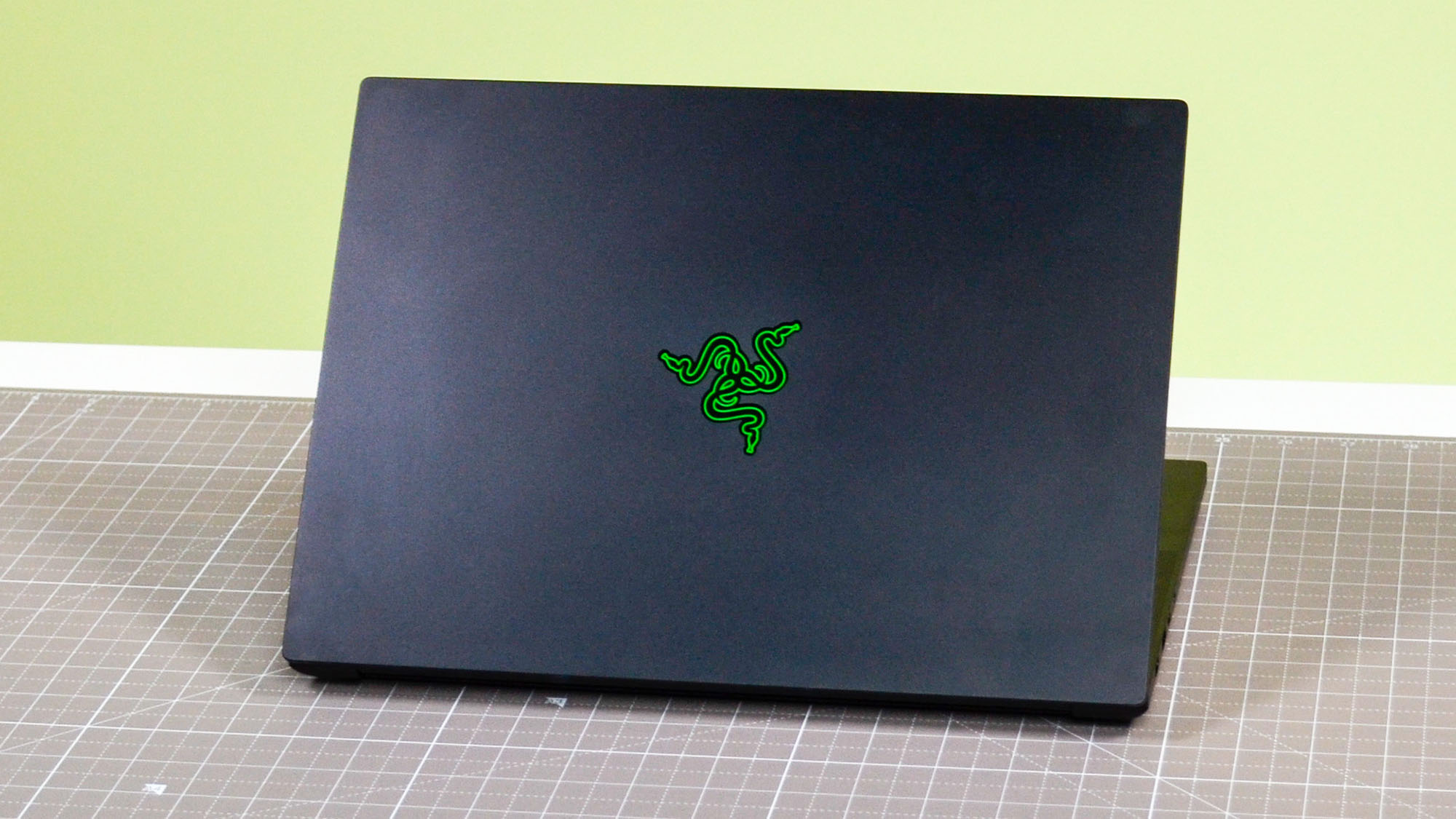
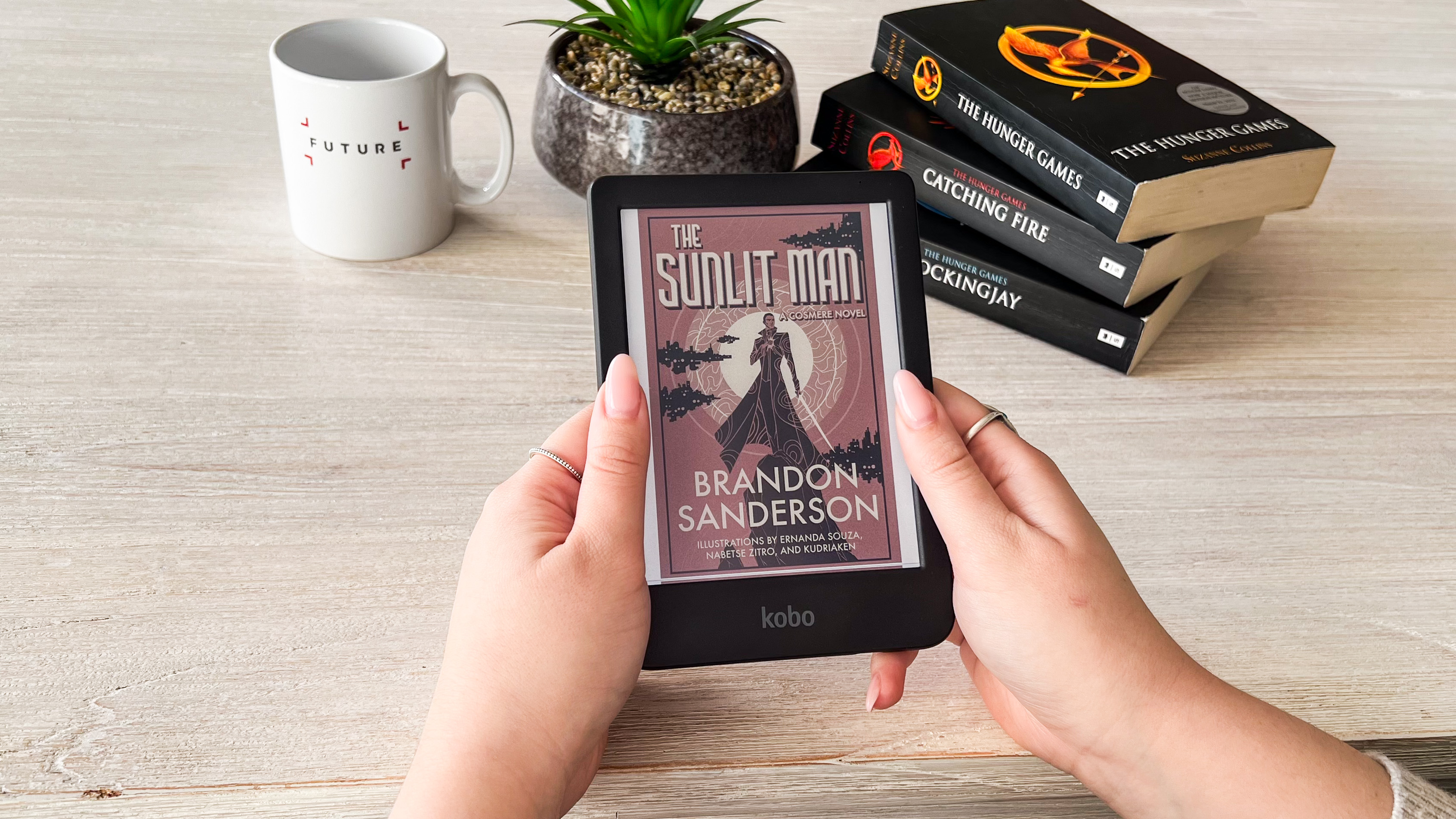
/cdn.vox-cdn.com/uploads/chorus_asset/file/25424932/Hover_20240429_1714372038159.0__1_.jpeg)
/cdn.vox-cdn.com/uploads/chorus_asset/file/25405107/247087_Zenbook_vs_Yogabook_JNelius_0002.jpg)







![The Fallout 4 Upgrade Isn't Free For Owners On PS Plus And They're Furious [Update: Bethesda Has Fixed It]](https://i.kinja-img.com/image/upload/c_fill,h_675,pg_1,q_80,w_1200/b9aa9fc49e720f4b832bfbd9cb470c3e.jpg)
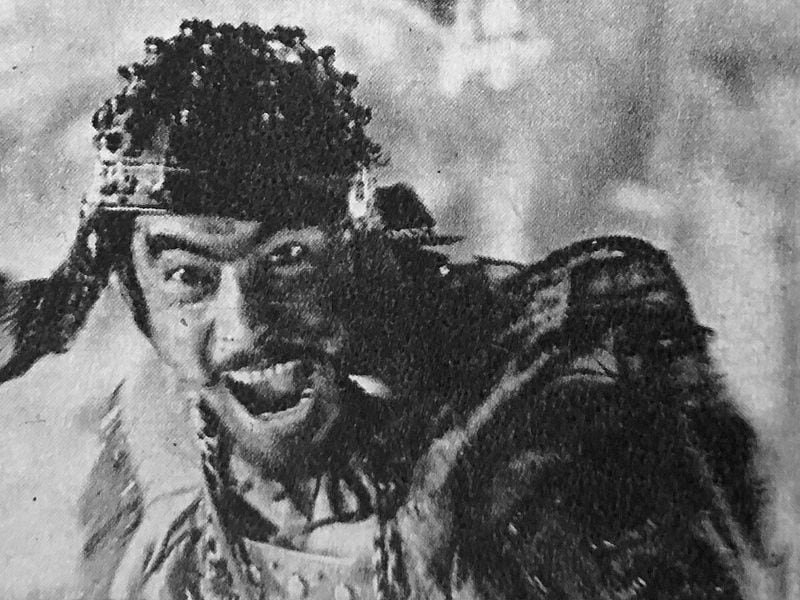
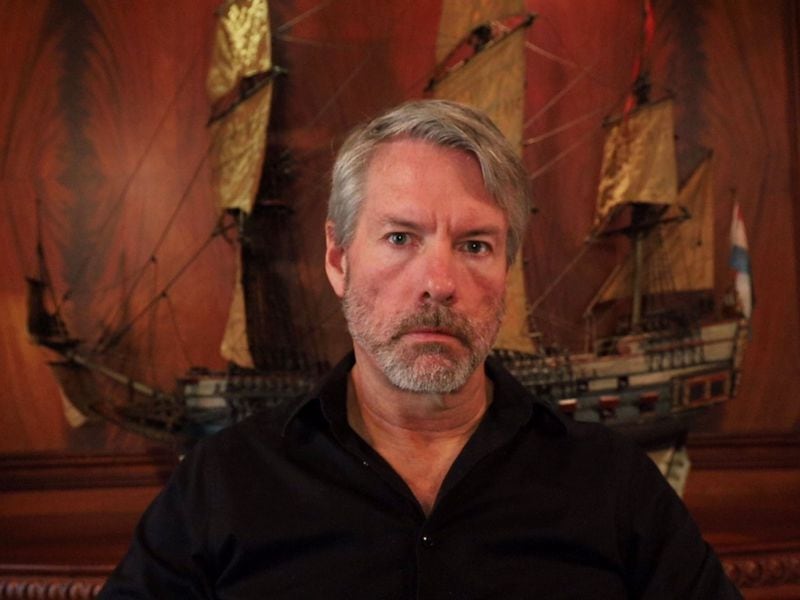
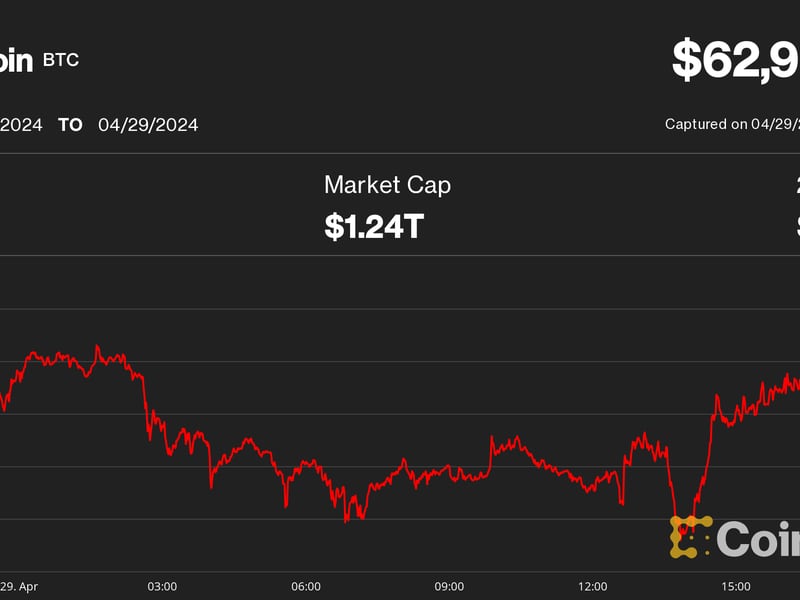

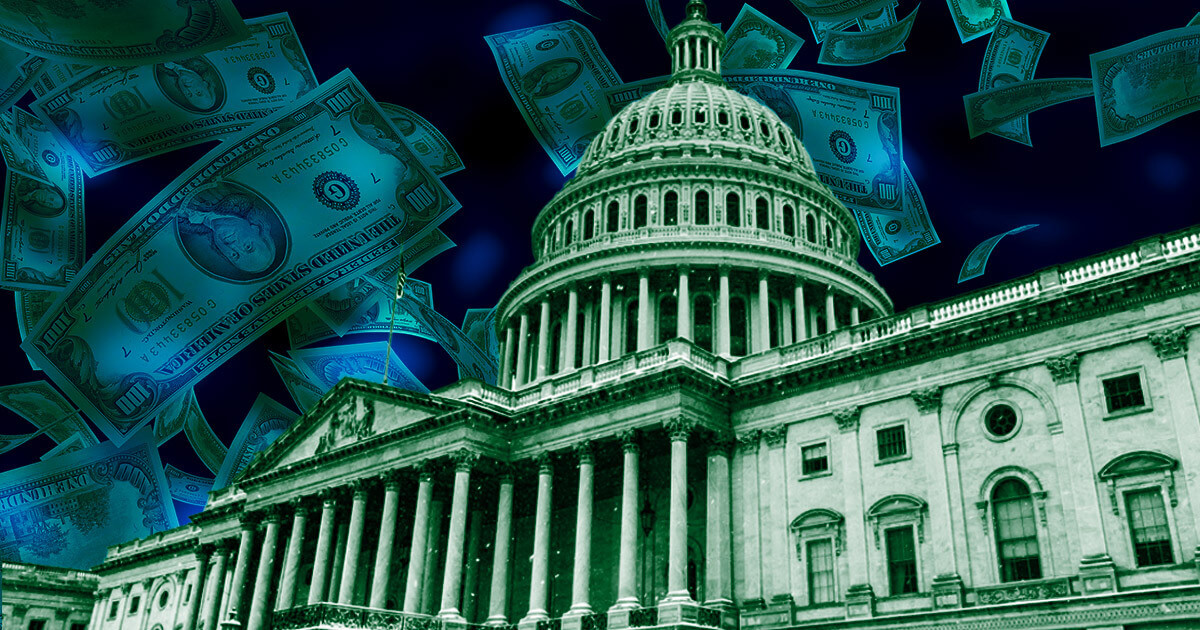



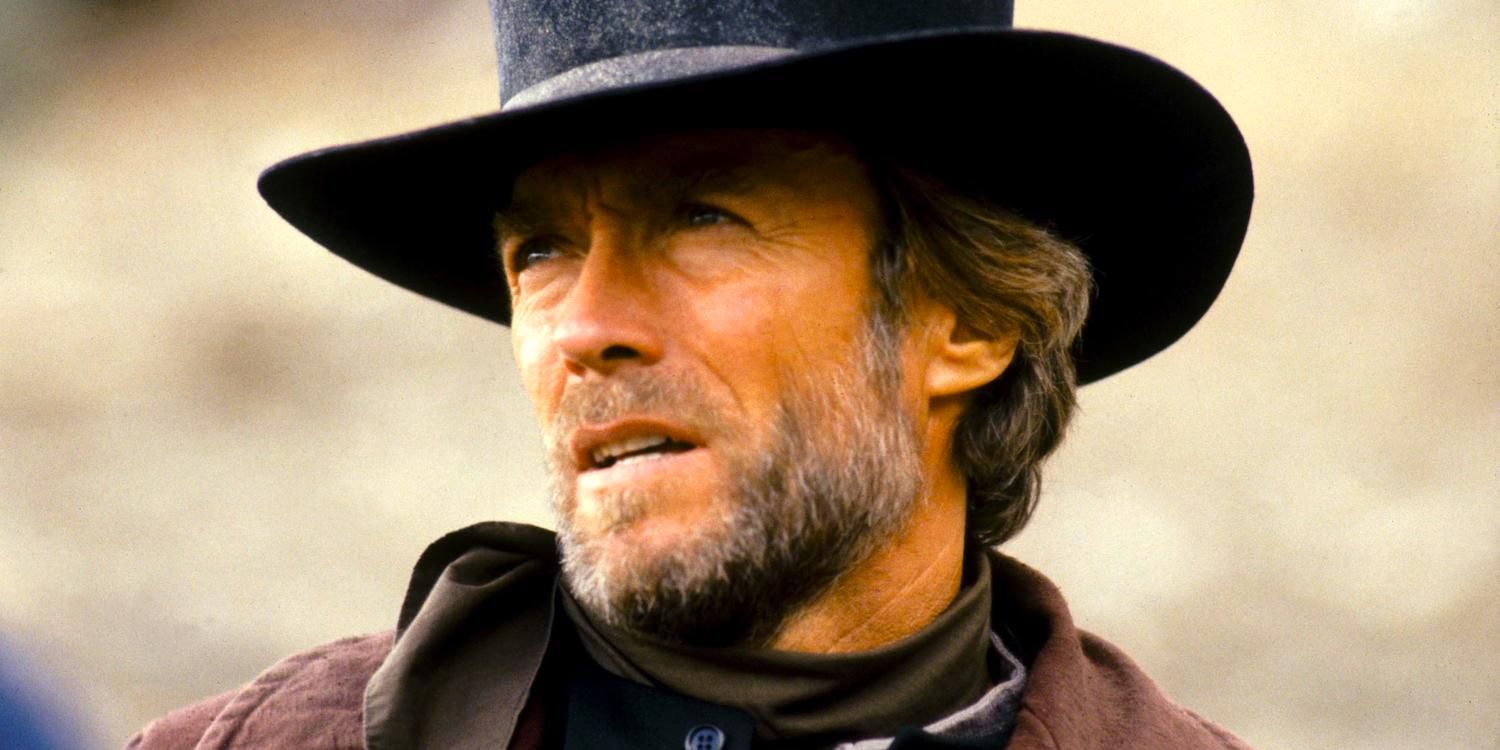
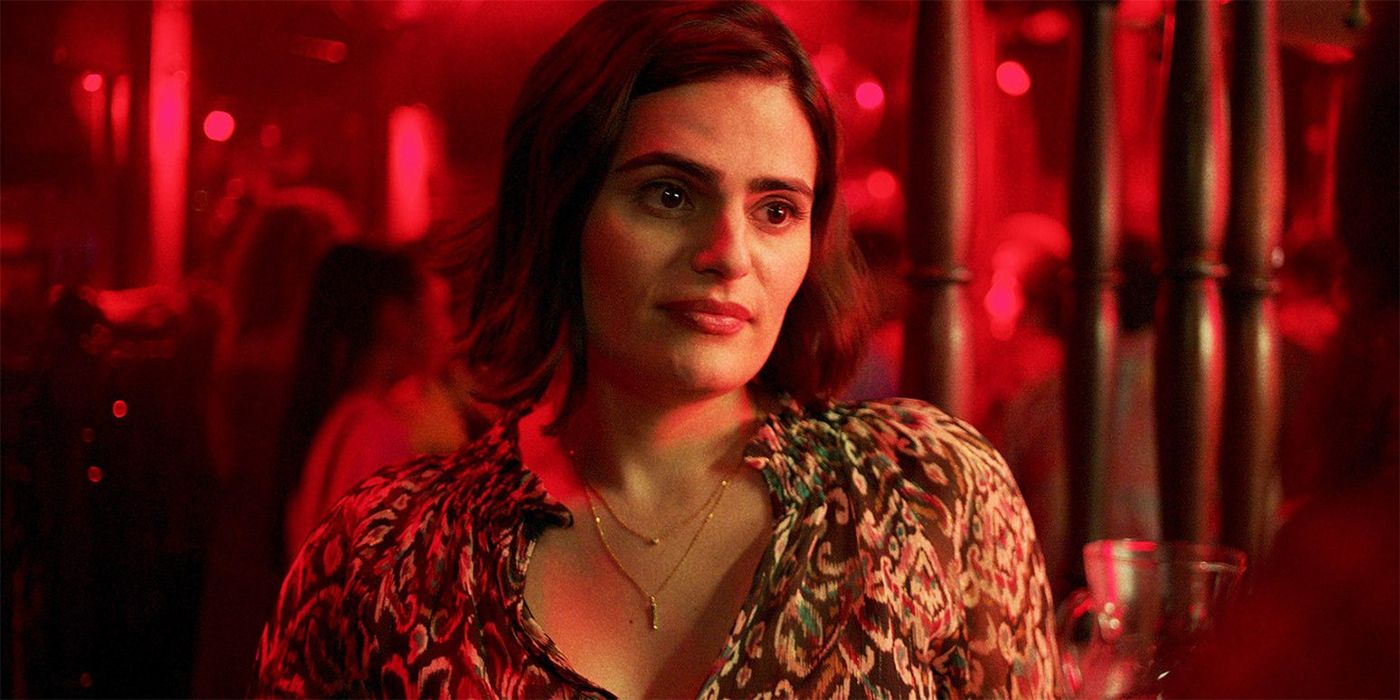


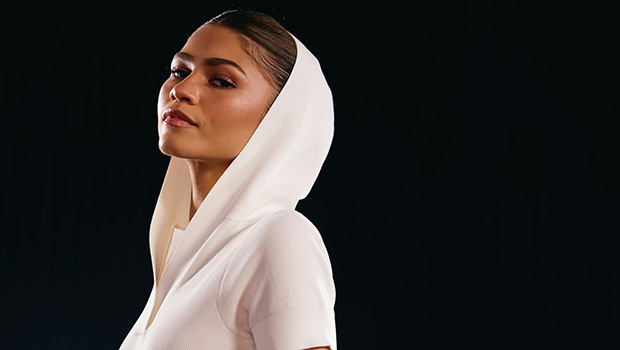
:quality(85):upscale()/2024/04/29/696/n/1922507/9b340932662fbff8a80e06.43948309_.jpg)
:quality(85):upscale()/2024/04/29/758/n/1922153/816a06ae662fd4cdb89596.06452704_.jpg)





